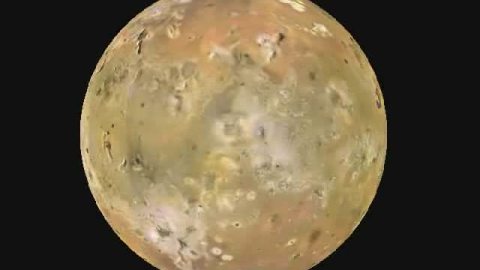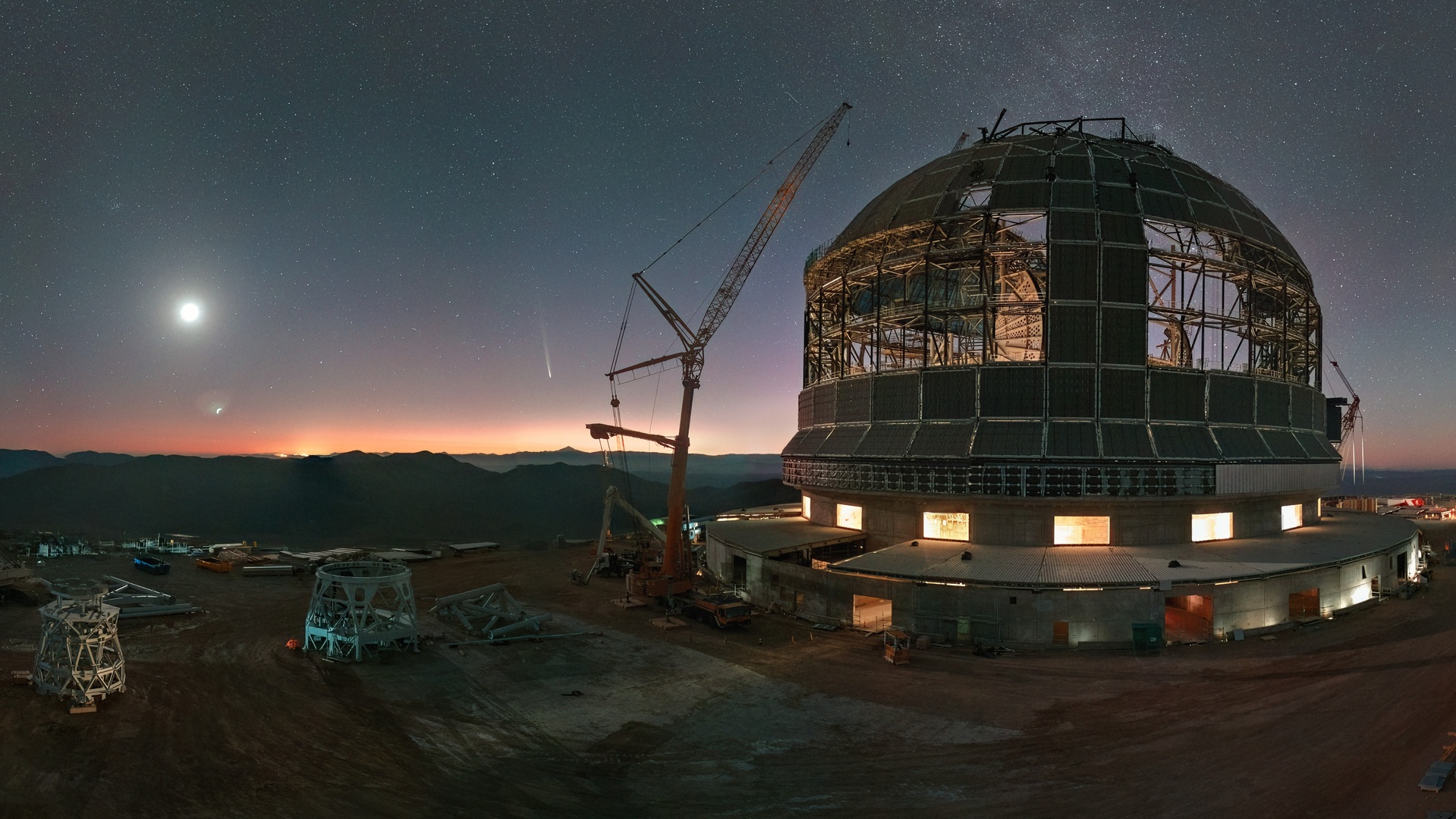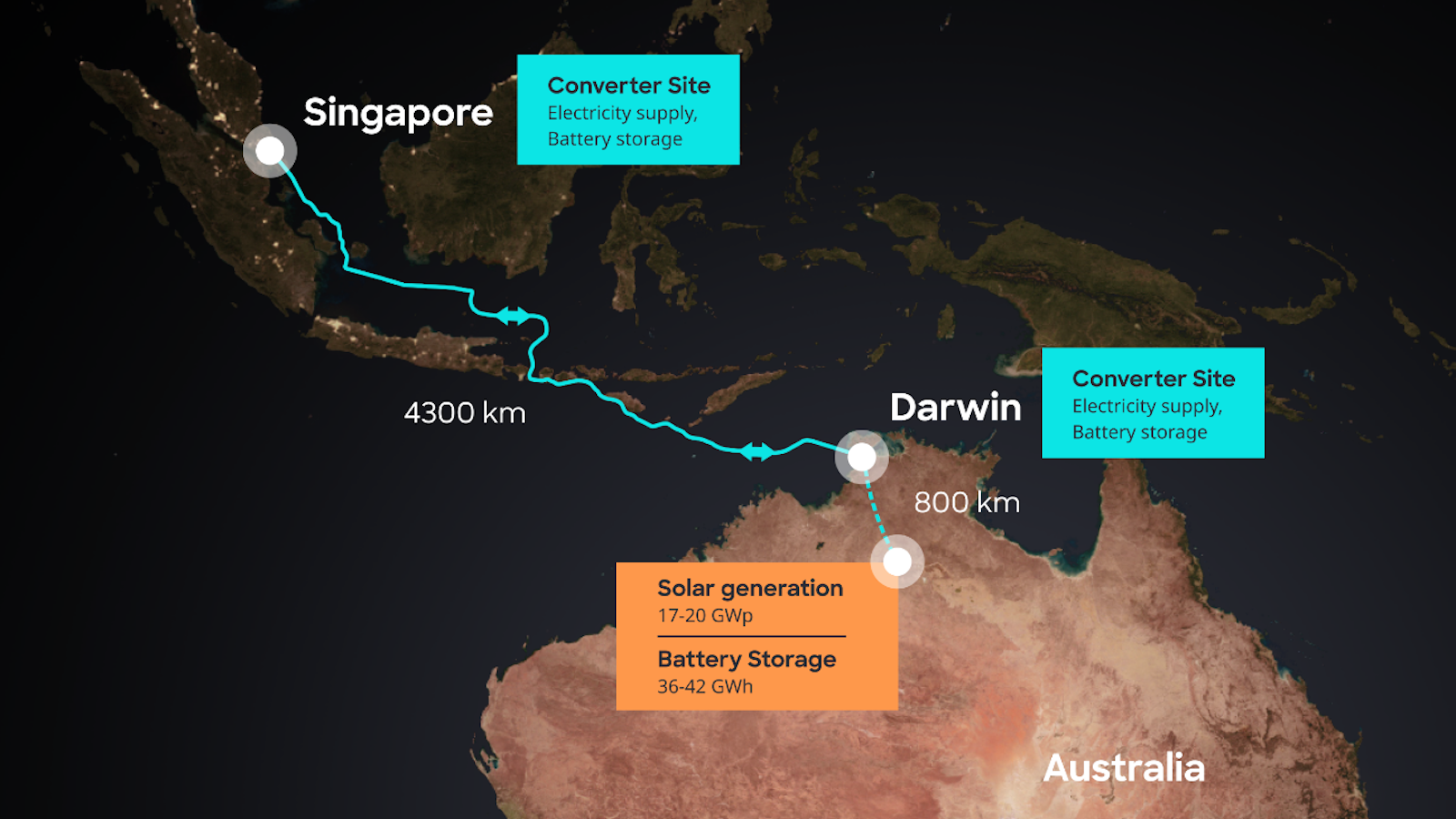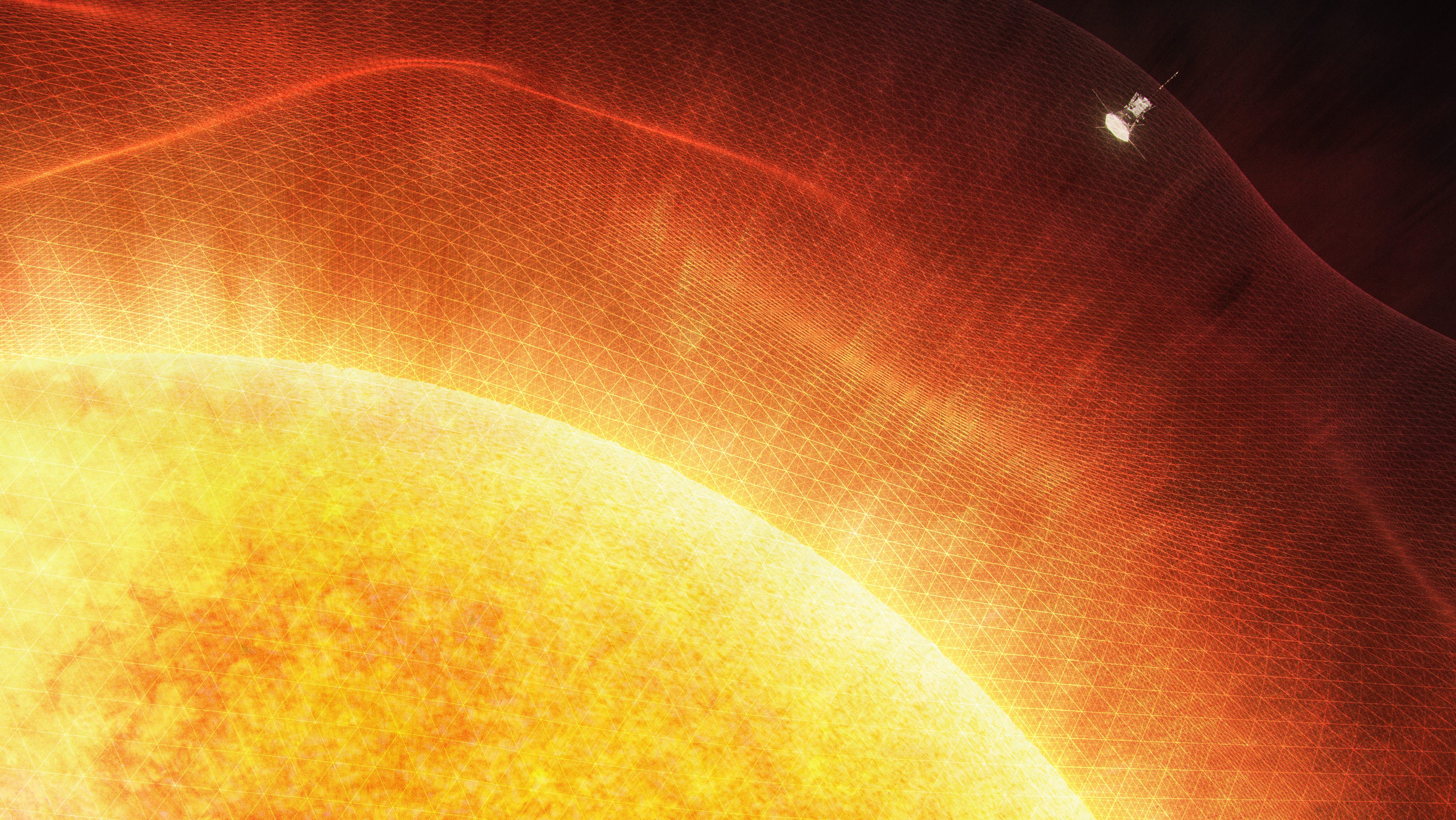What I’ve learned at GSA 2010: Part 2

I’ve been trying to keep up with all the volcano news in the outside world while attending the conference … and boy it is a bit of a challenge. Thank you all who have been keeping the news fresh in the comments to yesterday’s posts. In the meantime, I have a couple more bits of interesting information that I have gleaned from GSA 2010. Enjoy!
Extraterrestrial volcanism
Up until recently, we didn’t have a good grasp on volcanism on other planets and moons in the solar system. However, since the armada of spacecraft that have headed out (and into) the solar system, we have found out that there is a lot of evidence for volcanism across the boards. One of the more interesting discoveries is the abundance of evidence for explosive volcanism on places like the Moon, Mercury and Mars. On the moon, the Orientale Ring appears to be an explosive volcanic feature potentially created by a shallow emplacement of a dike. This intrusion is thought to have produced an Ionian plume that created the glass beads that have been sampled in lunar material brought back by Apollo. On Mercury, there is a feature called the Caloris Basin, observed in one of the flybys by the Messenger mission, that looks like a shield volcano with a pyroclastic apron and at least 12 features on Mercury could be explosive in nature. Over on Mars, we know that during the Hesperian Era (~3.7-2.9 billion years ago), the planet was volcanically active. A number of these volcanoes – both the famous Mons and less famous Patera (calderas) – produced ash deposits that have now been modeled so we can attempt to find the deposits by using present and future Rovers. In fact, some of the deposits observed by the Spirit rover near the Home Plate feature may be distal pyroclastic deposits from Apollinaris Patera.
Out in the outer solar system, the explosive volcanism is a little different. Much of it is dominated by the common cryovolcanism similar to what we have observed at Enceladus and Triton. The other main type of volcanism is the abundant eruptions on Jupiter’s Io – some of which have produced >350 km-tall plumes of silicates and sulfur. One interesting observation is that lava flows on Io appear to produce plumes at the end of the flows rather than at the vent and it is thought this is caused by the heat of the lava vaporizing the sulfur dioxide crust of the moon. So, as the flow moves, the plume and resultant pyroclastic deposits move with it – and there is no real terrestrial equivalent that I can recall.
The meeting will be winding down tomorrow, so I’ll be able to play a little catchup with the news out of Merapi, Grímsvötn (although if you want to read something ridiculous, check out this post) and more.
Top left: The volcano-scarred surface of Jupiter’s moon Io.





